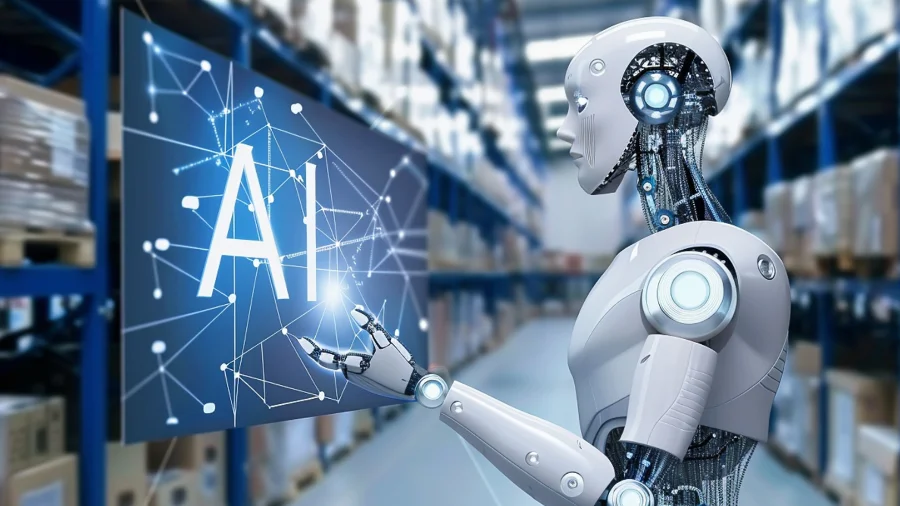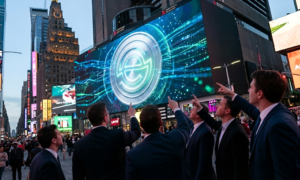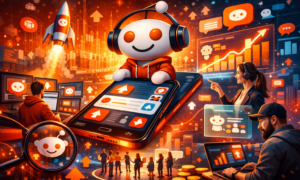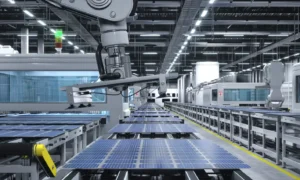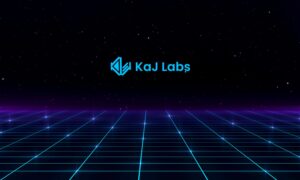Modern machines are changing how industries function and how people interact with technology. From automated assistants in homes to smart devices in factories, artificial intelligence and robotics are working together in powerful ways. This combination is redefining what’s possible across industries today.
More than mechanical devices, these machines learn and evolve. They are systems built to think, react, and adapt. The use of ai and robotics technology in industrial, medical, and consumer applications shows how powerful this union has become. Robots now use intelligent systems to understand their environment and adjust their actions without the need for constant human input.
Intelligence and Movement in Sync
Artificial intelligence processes information, learns patterns, and makes real-time decisions. Robotics brings those decisions into the physical world. Whether it’s navigating terrain, assembling delicate parts, or assisting with recovery exercises in a clinic, machines today operate with greater flexibility than ever before.
One impressive application is in logistics. Smart robots now sort, pack, and deliver items with accuracy and speed. They use visual data, sensors, and machine learning models to identify products, read labels, and determine the best route for handling each task.
Smart Systems at Work
In healthcare, robots guided by intelligent software assist with surgeries, move equipment, and support patient care. These systems make procedures more efficient and help doctors focus on more complex tasks. In agriculture, machines equipped with advanced sensors can scan crops, identify growth patterns, and harvest produce with minimal waste.
Transportation is also seeing major progress. Autonomous vehicles use cameras, radar, and algorithms to understand road conditions and make safe driving decisions. These cars and drones rely on both mobility and data analysis to function smoothly across different environments.
Everyday Applications Growing Rapidly
Beyond factories and hospitals, intelligent robots are becoming part of daily routines. Household cleaning robots learn the layout of a home and improve over time. Educational tools powered by AI are helping students learn interactively, adjusting lessons to fit individual learning styles. Even in restaurants, smart robots are being used to take orders, prepare food, and assist with service. These developments show how this combination of smart systems and mechanical action is no longer limited to high-end labs. It’s becoming part of daily life in simple, useful ways.
Intelligent Human-Machine Teams
The true power of this technology lies in its ability to adjust and grow. In factories, smart machines now work alongside humans. These collaborative robots respond to voice commands, hand gestures, or changes in their surroundings. They can switch roles quickly and learn new movements by example, making them ideal partners in the production line. This flexibility helps businesses meet high demands while keeping operations efficient. Instead of replacing workers, these machines support teams by handling repetitive or time-consuming tasks.
Opportunities for the Future
The future of intelligent machines is full of exciting possibilities. As new developments in sensors, computing power, and design continue to emerge, machines will become more capable and accessible across all industries. Industries will benefit from faster workflows, improved precision, and adaptable tools that can handle a wider variety of tasks. This progress opens doors for creative solutions in fields like education, construction, retail, and even personal wellness.
Continued exploration in ai and robotics technology will make machines smarter and more responsive. These systems will become part of everyday life, helping people complete tasks with ease and confidence. From farms and factories to homes and hospitals, this blend of intelligence and robotics is shaping the next generation of machines that can truly support and enhance the way we live and work.

